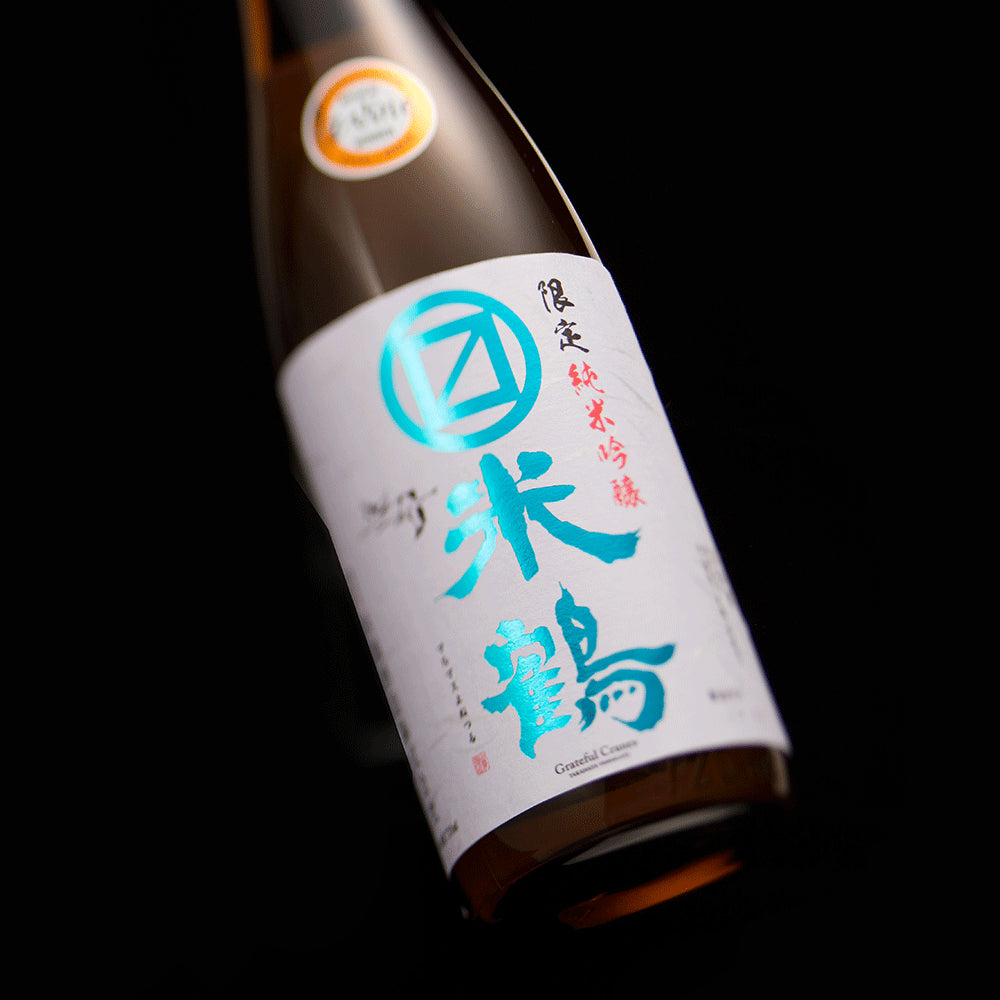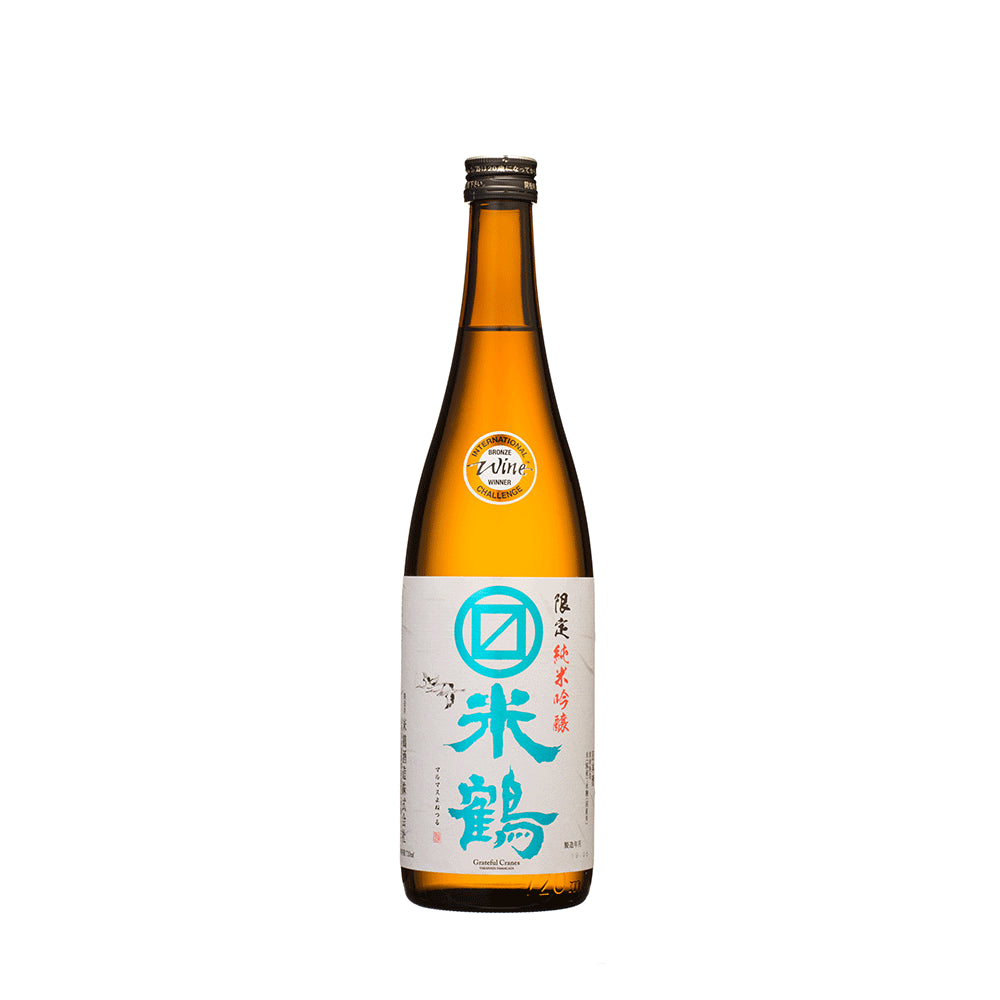-
 >
>
- Product list >
- Yonetsuru Marumasu Junmai-ginjo (720ml)
Yonetsuru Marumasu Junmai-ginjo (720ml)
詳しく見る
- *All prices shown are the product prices from the Japanpage:.
- *Product price can be shown in multiple currencies as reference values.
- *Payment should be made in Japanese yen.
- *After filling in delivery address, grand total (product price + shipping cost (packing + shipping + insurance) +tariffs & taxes) will be shown on the shipping cart page.
- *All prices shown are the product prices from the Japanpage:.
- *Product price can be shown in multiple currencies as reference values.
- *Payment should be made in Japanese yen.
- *After filling in delivery address, grand total (product price + shipping cost (packing + shipping + insurance) +tariffs & taxes) will be shown on the shipping cart page.
Awards
The Fine Sake Awards Japan2019 Premium Junmai Division Gold
International Wine Challenge (IWC)2019 Junmai Ginjo Division Bronze
International Wine Challenge (IWC)2018Junmai Ginjo Division Bronze
International Wine Challenge (IWC)2015 Junmai Ginjo Division Gold
International Wine Challenge (IWC)2014Junmai Ginjo Division Silver
Junmai ginjo, the label of which changes color three times a year in line with the shipment timing of the saké-making rice, yeast, and koji malt, is "Yonetsuru Marumasu Junmai-ginjo (720ml). "Broadly speaking, a blue label indicates shipment between February and May, red indicates June to September, and Green indicates October to January. Though each is made with 100% Yamagata brewer's rice, the blue label is an early "Dewasansan"; the red label is a "Miyamanishiki", with fragile, clean, and summery features; and the green label is a "Dewanosato" defined by its strong, end-of-harvest umami flavor. Though has differing qualities as a liquor, each saké all share an aroma and full-bodied flavor that suggests a fruitiness you would not think could come from rice, as well as a brisk aftertaste that will make you want to drink glass after glass. The sakés are brewed with the aim of achieving the highest possible quality at the same price. We recommend them for customers who wish to experience and compare the various flavors offered by Japanese saké.
Pairing food proposed from Vendor
Fried chicken, barbeque, fried fish, steamed vegetables, stew.
About "Yonetsuru"
The name "Yonetsuru" is derived from the bowing posture of ears of rice and the locally told tale "Crane's Return of a Favor." It incorporates a wish to create a sake that conveys a sense of gratitude and is imbued with sincerity. Under the concept of brewing that starts with rice-growing, this Japanese sake uses locally produced rice to offer a refreshing balance of scent, taste, and sharpness.
Recommended temperature
- Atsukan (50 - 55℃)
- Jokan (45 - 50℃)
- Nurukan (30 - 40℃)
- Room temperature (15 - 20℃)
- Hanabie (10℃)
- Yukibie (5℃)
Type


Tag
Appearance
-
Clarity
Transparency
Hazy
-
Colour
Colorless
Dark brown
-
Intensity
Water
Deep
Nose characteristics
-
Intensity
Low
Strong
Taste characteristics
-
Light / Body
Light
Body
-
Sweet / Dry
Sweet
Dry
-
Simple / Complexity
Simple
Complexity
-
Acidity
Low
High
-
Umami
Low
High
-
Finish
Low finish
Long finish
Aroma and flavor
Detailed information
| Volume | 720ml |
|---|---|
| Size (L W H) | 8.0 x 8.0 x 30.0 cm |
| Weight | 1.1kg |
| Ingredients | Rice, Rice koji, Water |
| Region | Yamagata |
| Alcohol content | 16%vol. |
|
Sake Meter Value
|
- |
|
Acid level
|
- |
|
Polishing ratio
|
55% |









